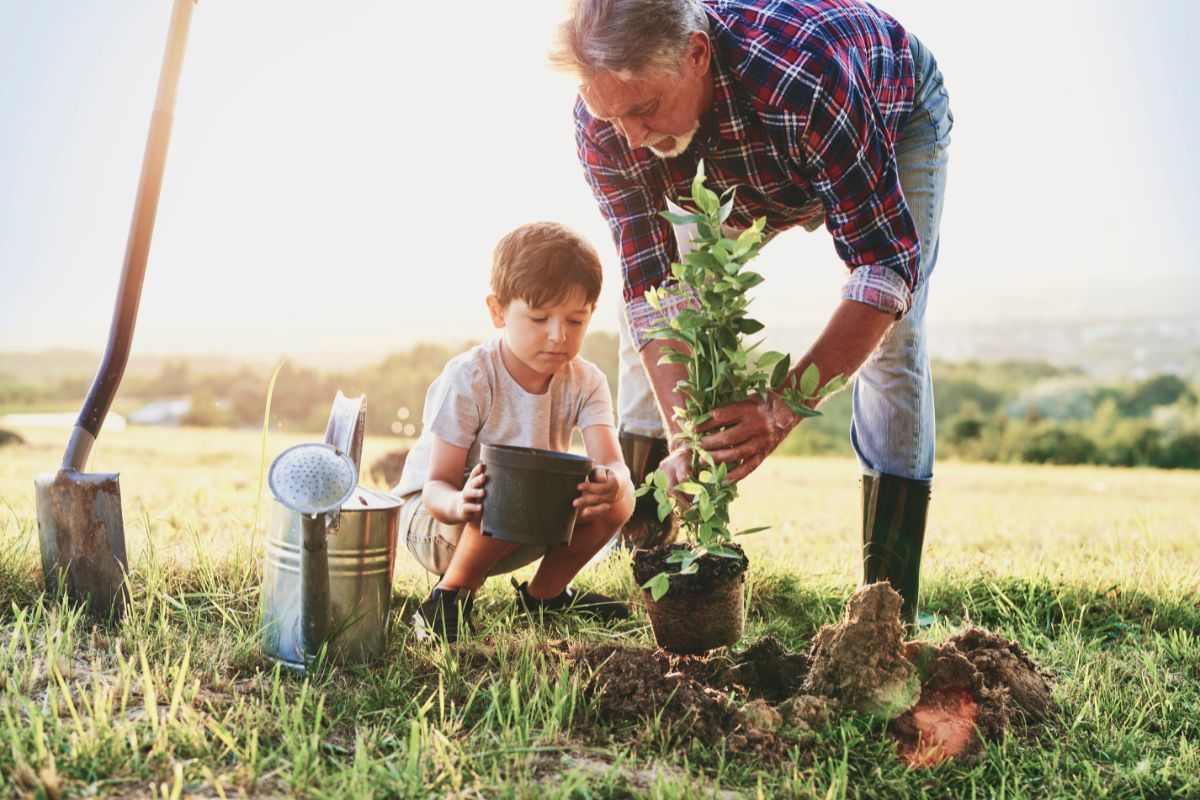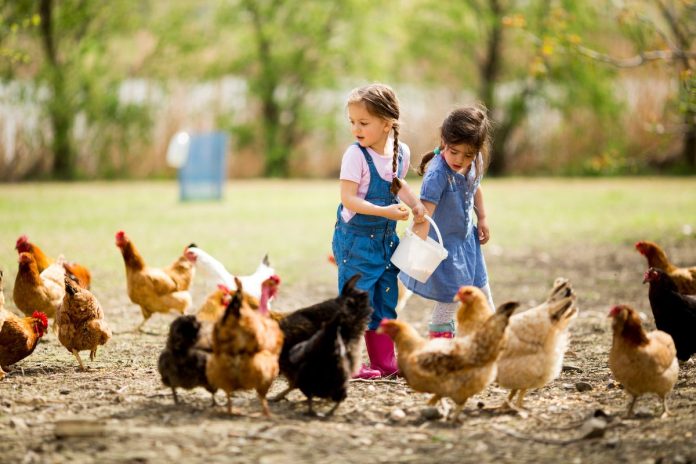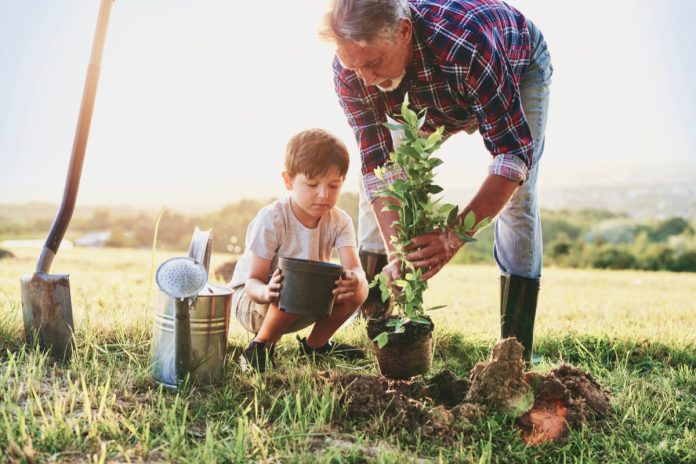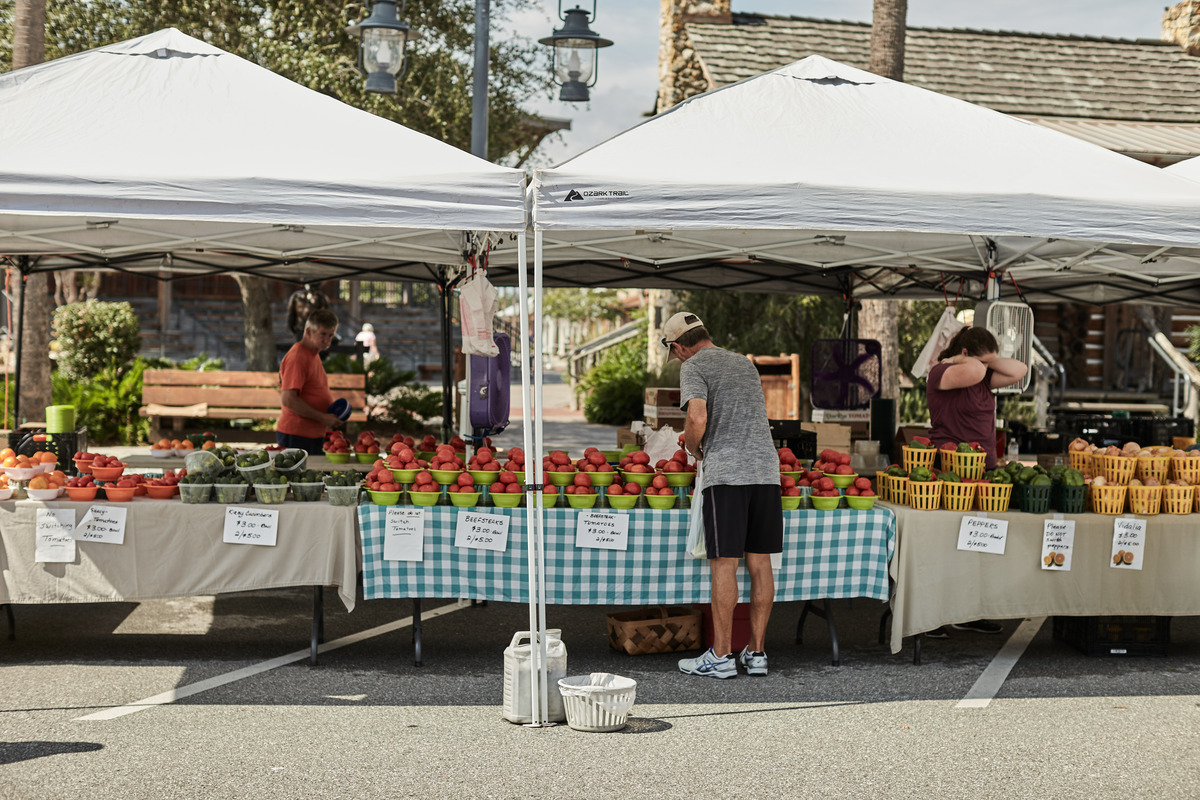Trees help to maintain a healthy ecological balance and improve air quality. By encouraging kids to grow trees, we foster their love for nature, teach them about environmental biology, and aid in preserving the environment for future generations. Read on to discover the benefits of involving kids in tree-planting activities and the necessary tools to help them succeed in this endeavor.
Nurturing an Appreciation for Nature
From a tender age, children engaged in gardening can develop a deep-rooted appreciation for nature. Witnessing the journey of a seed transforming into a sapling is an awe-inspiring experience for kids. Caring for a plant teaches them about the natural life cycle as the tree grows.
Moreover, they can learn about the way trees provide homes for various creatures, like birds and insects. Consider teaching your kids to plant fruit trees so they can watch their efforts bloom in real time. Read a beginner’s guide to growing an apple tree with them to help them understand how we co-exist with nature.

How to Plant a Fruit Tree
Fruit trees are not only lovely, they can provide your friends and family with fresh and nutritious food. If you are thinking about planting fruit trees, there are several things that you should consider to ensure success
Life Lessons Embedded in Tree Planting
Growing trees exposes children to patience, responsibility, and teamwork. As children observe the gradual growth process, they learn the value of patience and persistence.
Children learn responsibility and discipline through regularly caring for trees by watering and pruning them. Participating in tree-planting events brings communities together and teaches children the importance of working with others toward a common goal.
Children also get bond with others and make friendships that will grow like the trees they care for. These valuable lessons follow children into adulthood and help them appreciate taking their time and letting important projects progress.
Health Benefits for Kids and Their Surroundings
Planting trees supports the physical and mental well-being of children. It encourages physical activity, and children within green spaces tend to suffer less from stress, anxiety, and other mental health issues than kids who don’t spend as much time in nature.
Trees improve air quality by absorbing pollutants and producing oxygen, providing a healthier environment for everyone. Encourage kids to grow trees for better surroundings that they may retreat to when they need a tranquil space to relax.

The Best Plants to Improve Indoor Air Quality
There’s only so much you can do about the pollution in your city, but you can take control of the air in your own home, and the best place to start is with plants that improve indoor air quality.
Fighting Climate Change and Supporting Biodiversity
As climate change worsens, environmentally-conscious children can help to establish a greener future. Trees have immense potential in terms of carbon sequestration — they absorb carbon dioxide, reduce its saturation in the atmosphere, and create a cleaner breathing space from the oxygen they release.
Trees also support biodiversity by providing habitats to various species and contributing to the stability and health of ecosystems. Task your children with planting a tree, and give them the opportunity to build a greener world for their generation and the ones thereafter.
The value of growing trees extends far beyond their presence. Encourage children to participate in tree planting in order to cultivate love and respect for nature, benefit the way they mature, and learn about Earth. Empower the next generation by involving them in the fascinating world of tree growth and watching them flourish alongside their leafy companions.










